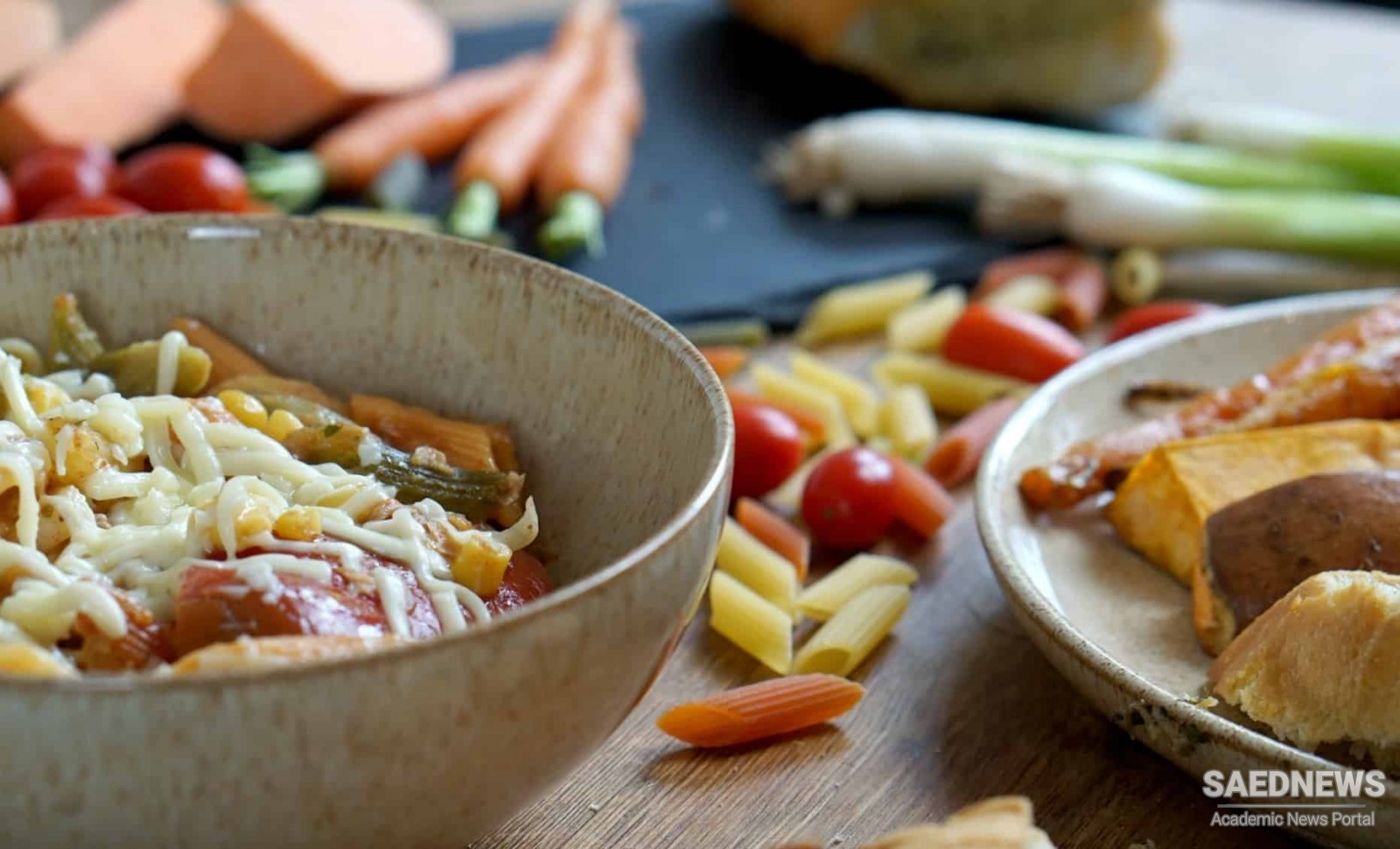Food and drink are the stuff of life. Therefore, they have necessarily featured in tourism. They have been elements of the everyday to be also part of tourism. There is a difference between how food and drink featured in tourism in the past, compared with how it is now coming to appear. This is that formerly eating and drinking were mainly adjuncts and sideshows in the tourism experience and now food and drink are often causes to travel and holiday in their own right. As general causes are: the burgeoning appearance and strong capacity for consuming in the developed world community from which tourists are largely drawn; an associated boredom with products for consumption and so need for new way to consume as leisure and which food and drink tourism represents in its using an integral to life activity; that a society tendency towards indulgence is fitted.
Here we are seeking to explain the phenomenon of food and drink – a part of everyday – coming to feature centrally as part of the leisure, pleasure and nonroutine experience that are the contemporary holiday and the day trip. The matter is particularly worth evaluating because it represents something of a change to the style of tourism. The alteration lies – as indicated above – in that food and drink, being so routine, commonplace and part of normal activity and therefore essentially unremarkable, are not out of the ordinary. Therefore, they stand, ostensibly at least, as features not at all to the past standard accepted template for satisfying tourism demands, which is for the tourism offer to represent escape, specialness, differentness and new sensation, and generally to render ‘otherness’.
Food and drink tourism is therefore a somewhat new beast. It is an offer generated on an everyday feature rather than on one of specialness and special production for tourism. Part of the role of this book is to consider whether this arrival, food and drink tourism’s appearance, means that tourism could decide and should be set to pull more from daily life and everyday into its midst, operation, and product offers, and with all the implications attendant.
A fundamental question being posed in the matter of our discussion in its description of food and drink tourism as a direct touristic activity is how much a change in culture is occurring. It appears that this would be a change in the culture of tourism, and which in modern times has become signified as a culture of separateness and whose distinguishing characteristic has been seen as its differentness to that which governs everyday life. Food and drink tourism suggest that the circumstance may be altering.


 Food Tourism and the Consumer Needs
Food Tourism and the Consumer Needs














































